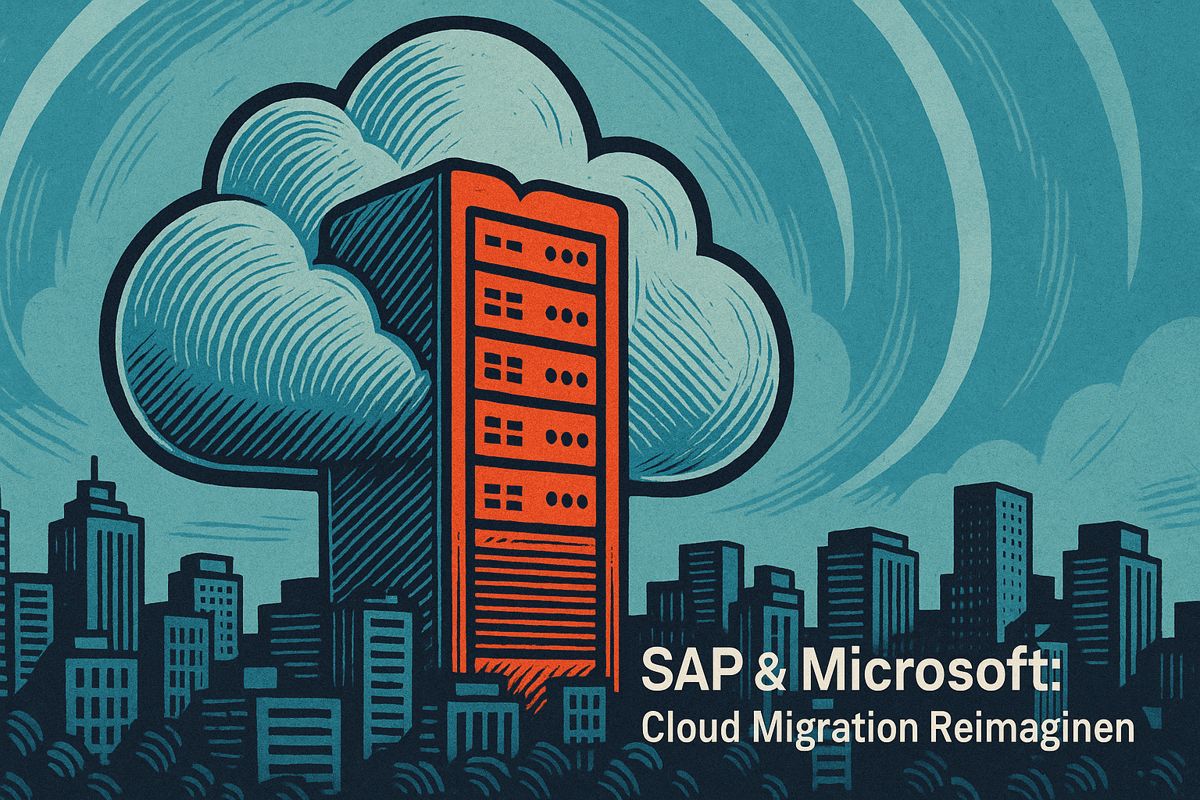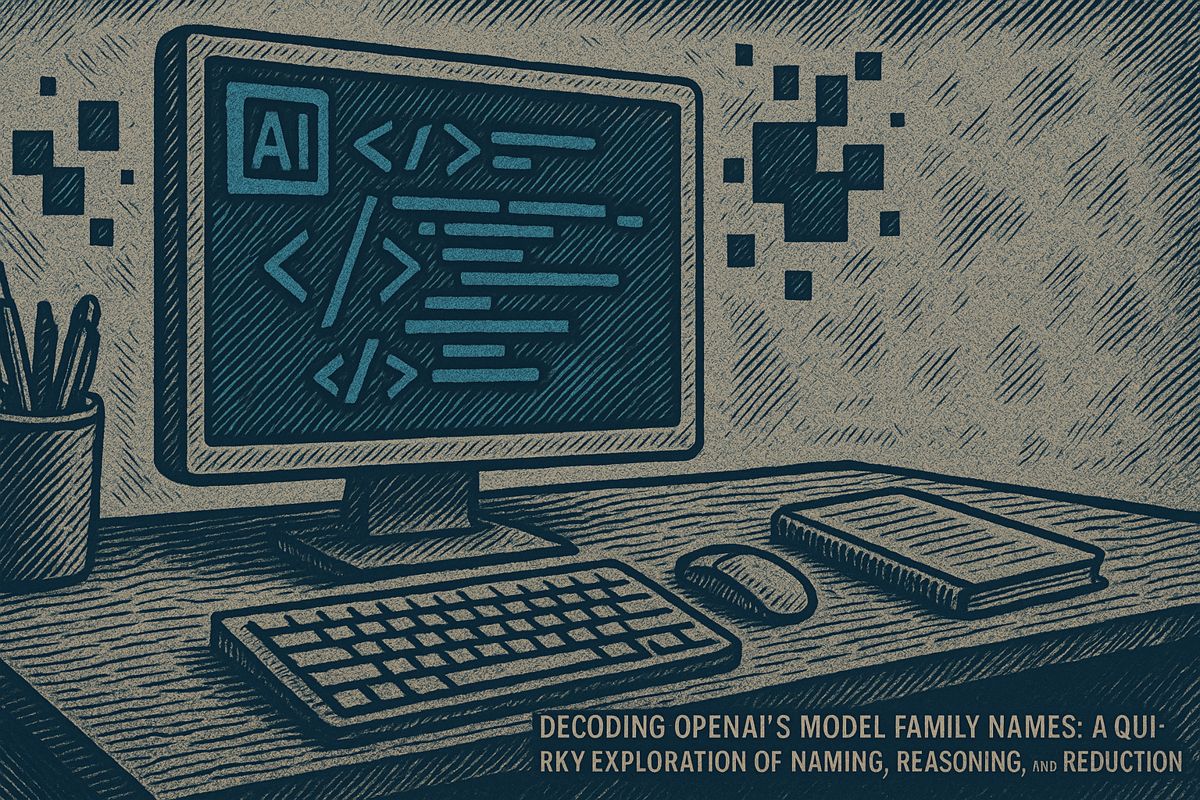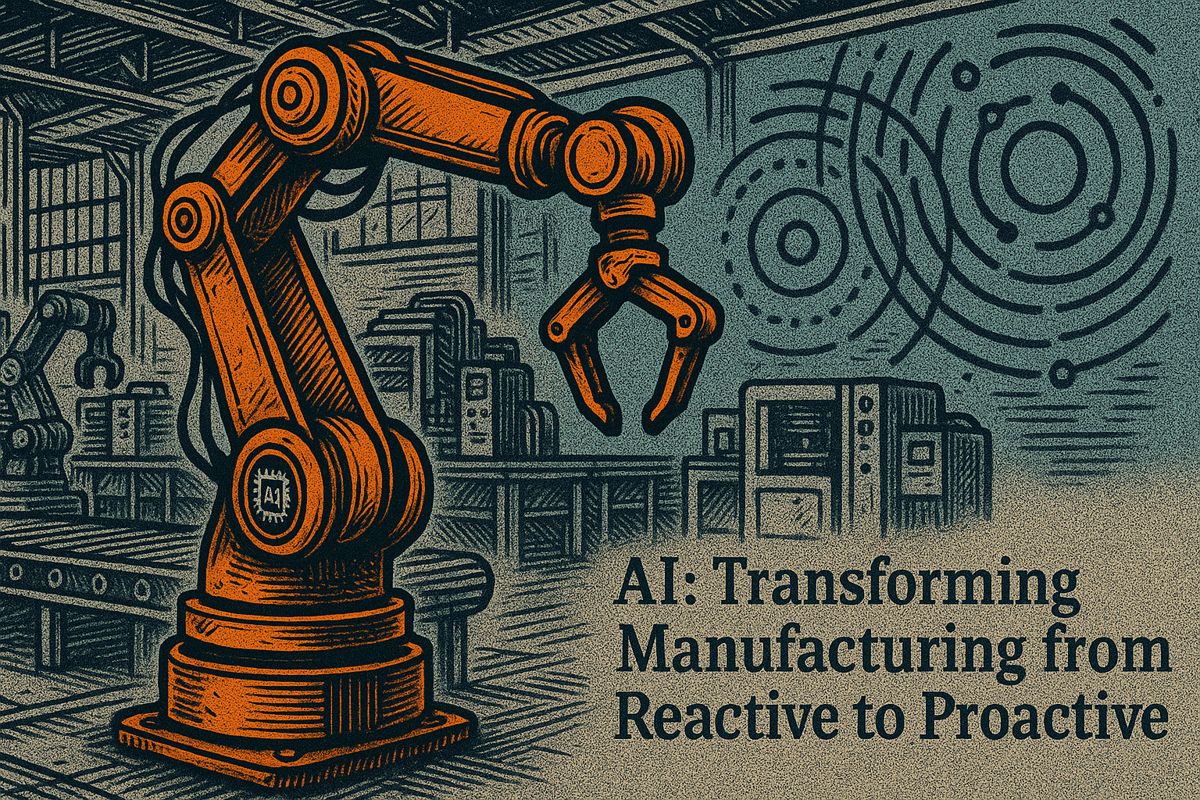Here’s the text with the key phrase emphasized in bold markdown:
SAP and Microsoft have joined forces to revolutionize cloud ERP migration through their Business Suite Acceleration Program, offering enterprises a smoother digital transformation path powered by Azure. The partnership promises exclusive cloud support, AI integration with Copilot, and a robust 99.95% service level agreement that minimizes system downtime. By combining their technological strengths, the companies aim to simplify complex IT migrations and provide businesses with more efficient, intelligent cloud solutions. This collaboration reflects a broader industry trend of strategic partnerships and AI-driven innovation, addressing the growing need for seamless digital infrastructure. The initiative represents a significant step towards making enterprise technology migrations less painful and more streamlined.
What Is the Latest SAP and Microsoft Cloud ERP Partnership About?
SAP and Microsoft have launched the Business Suite Acceleration Program, offering a streamlined cloud ERP migration path powered by Azure. The partnership provides exclusive cloud support, AI integration with Copilot, and a 99.95% service level agreement for enterprises seeking smoother digital transformation.
Remembering the Old Ways
A few days ago, I stumbled across yet another press release: SAP and Microsoft have linked arms (again) to promise faster, less-painful cloud ERP migrations. That headline catapulted me straight back to the era when “ERP migration” felt less like an upgrade and more like a grueling odyssey. Picture this: dawn breaking over a sea of empty Red Bull cans, the hum of servers fading out one-by-one, and that peculiar ozone scent of overheated power cords. In those days, every SAP update landed with the subtlety of an avalanche.
I’ve been there. Years back, I worked with a finance team trying to ditch their legacy SAP system. Consultants swarmed in; progress crawled. I remember the anxiety, the squabbles over ballooning invoices, the creeping suspicion that the whole endeavor might simply collapse under its own weight. Let’s be honest – it often felt like we were threading a needle during an earthquake. So, I can’t help but raise an eyebrow at all the “accelerate your migration” talk. Is this really different?
Curiosity eventually wins out. I dig into the details. The announcement’s thick with optimism, but is there substance? Or is it just another puff of digital vapor, like so many before it?
Unpacking the SAP-Microsoft Alliance
Beneath the confetti, the facts do stack up. SAP and Microsoft aren’t just shaking hands for the cameras: they’re launching the SAP Business Suite Acceleration Program, aimed at guiding companies onto SAP’s latest cloud ERP, powered by Microsoft Azure. Microsoft’s global partner network is now part of the migration path. It’s not vaporware; hands-on support is (supposedly) baked in.
For the first time, Microsoft Azure will be the exclusive cloud with SAP’s 99.95% SLA for private cloud ERP environments, part of the “RISE with SAP” campaign. That’s a big deal – at least numerically, it means companies can expect a maximum of 22 minutes of downtime per month. I can almost hear the collective sigh from IT departments. SAP’s Business Technology Platform (BTP) joins the Azure Marketplace, promising a one-stop shop instead of a multi-tab scavenger hunt.
AI gets sprinkled liberally, too. Microsoft’s Copilot and SAP’s generative models are both on the table, promising richer insights and greater productivity. US customers get first crack at this partnership; Europe and Asia-Pacific are penciled in for late next year. It’s a staggered rollout, like the slow unspooling of a very expensive red carpet.
Data, Retail, and a Taste for Reinvention
Zooming out, the context gets even more interesting. Retailers like Ralph Lauren and Williams-Sonoma are throwing chips on AI, betting it can outpace economic headwinds. Meanwhile, Dick’s Sporting Goods is doubling down on omnichannel, Hormel Foods is apparently dreaming up sriracha-peanut butter with AI (I didn’t see that flavor coming), and Databricks is making itself at home atop Azure. There’s a heady whiff of possibility in the air – equal parts optimism and, frankly, dread.
CIOs are rethinking everything: talent models, org charts, maybe even their own relevance. AI isn’t just a shiny new toy; it’s a tectonic disturbance. (I’ll admit, I’ve doubted the staying power of these “seismic shifts” before. But these days, it feels as inevitable as tomorrow’s sunrise.) The hybrid cloud has gone from buzzword to baseline – companies now straddle on-premises and cloud like a gymnast caught mid-routine.
Elsewhere in the tech menagerie: Adobe snagged the Leader badge in Gartner’s 2024 Critical Capabilities report, Red Hat’s OpenShift is squaring off against VMware, and Japan Post is digitizing addresses with a thoroughness that’s almost poetic. Also, I learned Sergey Brin wants to threaten AI into better behavior. Can machines sweat?
The Human Side of Digital Survival
But let’s cut the jargon. Why does any of this matter? Because complexity is the silent killer in IT. Most enterprises, even the flashy ones, are still stumbling over ancient systems and duct-taped workflows. SAP and Microsoft are betting that, together, they can replace the metaphorical tightrope with something closer to a conveyor belt. Anyone who’s ever migrated a system can feel the weight of that promise – or the anxiety that it might be just out of reach.
There’s also a broader admission here: not even tech titans can go it alone. Partnerships are less about marketing and more about necessity now. Agentic AI (think: software that acts on its own) is remodeling supply chains and finance teams. Data plumbing – the stuff that’s decidedly unglamorous – is now the difference between floundering and flourishing.
I’m left with a mix of skepticism and a weird little spark of hope. Maybe it’s the memory of past migrations gone wrong, or maybe it’s the faint thrill of seeing old metaphors retired. Either way, the stakes have never felt higher. One question nags at me: will this SAP-Microsoft pact tame the ERP beast, or just give it shinier fur? Time – and maybe a few more late-night server room vigils – will tell.



















